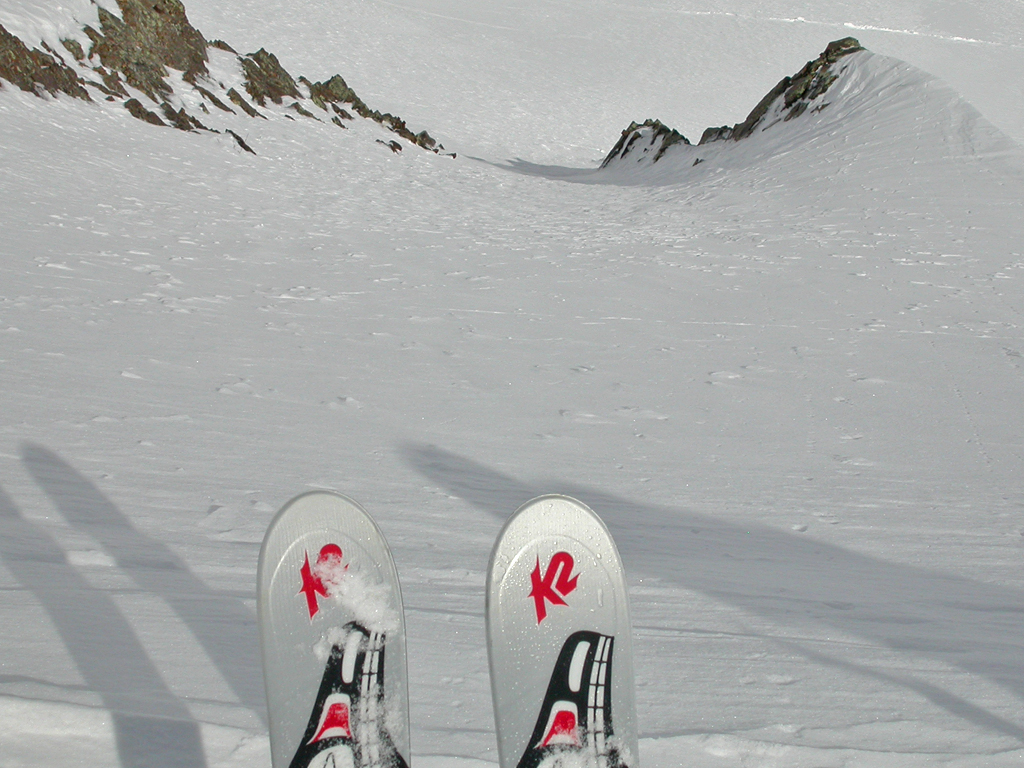Inside Info – Part I
(continued from Monday’s ABC’s of avalanche train of thought)With so many variables hidden under a blanket of white, where do you even begin? Simplify the process by breaking it down into the big three categories; terrain, snowpack and weather.
Terrain is the easiest. If golf courses are too flat to avalanche and vertical walls won’t hold snow, the prime avalanche angle must be somewhere right in between. As it happens, 38 degrees is the magic/tragic angle where avalanches are most likely to occur. For reference, this is about as steep as an expert slope at a ski resort, or in other words, perfect ski mountaineering terrain.
Weather is the next factor and has a direct correlation with avalanches. Stable weather means stable snow, and turbulent weather means turbulent snow. The important weather information is its history, not necessarily what it is doing at the moment. Statistically, most avalanche accidents happen just after a storm when the weather has cleared, but the snowpack is still adjusting to its new loading. New snow is the big, obvious ogre, but wind is the evil villain that lays hidden deadly traps. Rapid warming creates unusual avalanches and rain would be far more dangerous if it wasn’t so unpleasant to ski in.
continued tomorrow…______________________
For 15% off on a Mountain Hardware Huckster backcountry skiing pack from Backcountry.com, click the photo below…

Category: 07 Avalanche Avoidance









